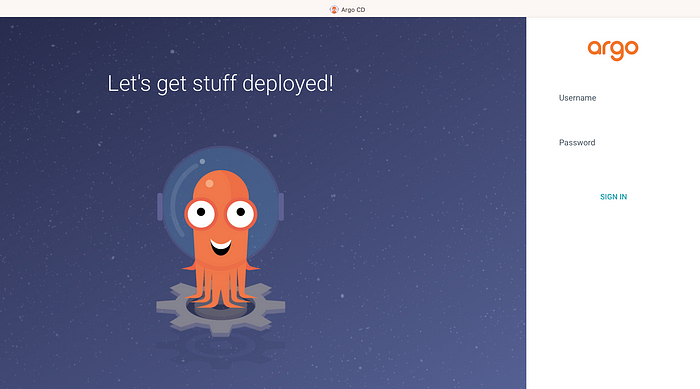Overview
Kubernetes (also known as k8s ) is an open source container orchestration platform that automates many of the manual processes involved in deploying, managing, and scaling containerized applications
What are Kubernetes clusters?
You can cluster together groups of hosts running Linux® containers, and Kubernetes helps you easily and efficiently manage those clusters.
Kubernetes clusters can span hosts across on-premise, public, private, or hybrid clouds. For this reason, Kubernetes is an ideal platform for hosting cloud-native applications that require rapid scaling, like real-time data streaming through Apache Kafka.
The architecture of kubernetes(Master/Worker Node)
Kubernetes Master Node Components Below are the main components on the master node:
API server – is the primary management components of kubernetes and is responsible for orchestrating all operations (scaling, updates, and so on) in the cluster. It also acts as the gateway to the cluster, so the API server must be accessible by clients from outside the cluster integration with CLI and GUI.
Controller-manager - The Controller Manager is the engine that runs the core control loops, create Pods, watches the state of the cluster, and makes changes to drive status toward the desired state.
Replication-Controller - A ReplicationController ensures that a specified number of pod replicas are running at any one time. It makes sure that a pod is always up and available. Node Controller - The node controller is a Kubernetes master component which manages various aspects of nodes.
Scheduler - is identify the right node to place a container on based resource limitations or guarantees, taints, tolerations and affinity/anti-affinity roles.
etcd cluster - etcd is a critical part of the Kubernetes. etcd database that stores the state of the cluster, including node and workload information in a key/value format. Add-ons:
DNS: all Kubernetes clusters should have cluster DNS to resolve name of the containers inside master node as all the above components is containers inside master node
Web UI: web-based UI for Kubernetes clusters. It allows users to manage and troubleshoot applications running in the cluster, as well as the cluster itself.
Container runtime: The container runtime is the software that is responsible for running containers. Kubernetes supports several container runtimes: Docker , containerd , CRI-O Node (worker) components Below are the main components on a (worker) node:
kubelet - the main service on a node, connect between Master and Node and ensuring that pods and their containers are healthy and running in the desired state. This component also reports to the master on the health of the host where it is running.
kube-proxy - a proxy service that runs on each worker node to deal with individual host subnetting and expose services to the external world. It performs request forwarding to the correct pods/containers across the various isolated networks in a cluster. Kubectl kubectl command is a line tool that interacts with kube-apiserver and send commands to the master node. Each command is converted into an API call.
Hands-On
Installation of Managed Kubernetes Cluster ( Elastic Kubernets Service- EKS)
What is Amazon EKS
Amazon EKS is a fully managed container orchestration service. EKS allows you to quickly deploy a production ready Kubernetes cluster in AWS, deploy and manage containerized applications more easily with a fully managed Kubernetes service.
EKS takes care of master node/control plane. We need to create worker nodes.




No comments:
Post a Comment